Intro
Discover 5 crucial Nuchal Translucency facts, including its role in Down syndrome screening, fetal development, and pregnancy risks, to understand this vital ultrasound scan and its implications for expectant mothers and prenatal care.
The nuchal translucency scan is a crucial aspect of prenatal care, providing valuable insights into the health and development of an unborn baby. This non-invasive ultrasound scan measures the thickness of the fluid-filled space at the back of a baby's neck, known as the nuchal fold. The results of this scan can help identify potential genetic disorders and other health issues, allowing expectant parents to make informed decisions about their pregnancy. As the importance of prenatal care continues to grow, it's essential to understand the significance of the nuchal translucency scan and its role in ensuring the best possible outcome for both mother and baby.
The nuchal translucency scan is typically performed between 11 and 14 weeks of gestation, during which time the fluid-filled space at the back of the baby's neck is still relatively small. This scan is usually part of a larger screening test, which may also include a blood test to measure certain markers in the mother's blood. By combining the results of the nuchal translucency scan with these blood test results, healthcare providers can assess the risk of genetic disorders, such as Down syndrome, and other potential health issues. Understanding the nuchal translucency scan and its implications can help expectant parents navigate the complex world of prenatal care with confidence.
As prenatal care continues to evolve, the nuchal translucency scan remains a vital tool in the early detection and diagnosis of potential health issues. By staying informed about the latest developments and advancements in this field, expectant parents can make the best possible decisions for their baby's health and well-being. Whether you're a first-time parent or have experienced the joys of parenthood before, understanding the nuchal translucency scan and its significance can help you feel more empowered and prepared for the journey ahead.
Nuchal Translucency Scan: What to Expect
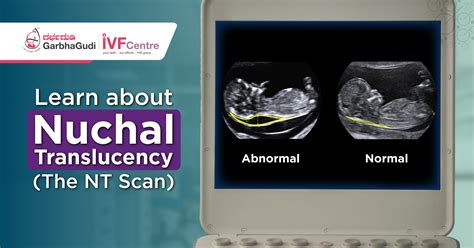
Benefits of the Nuchal Translucency Scan
The nuchal translucency scan offers several benefits for expectant parents, including: * Early detection of potential genetic disorders, such as Down syndrome * Identification of other health issues, such as heart defects or skeletal abnormalities * Reassurance and peace of mind for parents who receive normal results * Opportunities for further testing and diagnosis, if necessary * Informed decision-making about pregnancy care and managementUnderstanding Nuchal Translucency Results
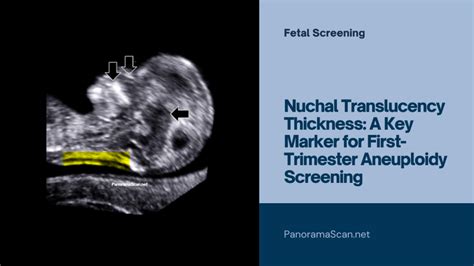
Nuchal Translucency and Genetic Disorders
The nuchal translucency scan can help identify potential genetic disorders, including: * Down syndrome (Trisomy 21) * Trisomy 18 (Edwards syndrome) * Trisomy 13 (Patau syndrome) * Turner syndrome * Other chromosomal abnormalities It's crucial to note that the nuchal translucency scan is not a definitive diagnostic test, but rather a screening tool to assess the risk of these conditions.Nuchal Translucency Scan and Pregnancy Outcomes
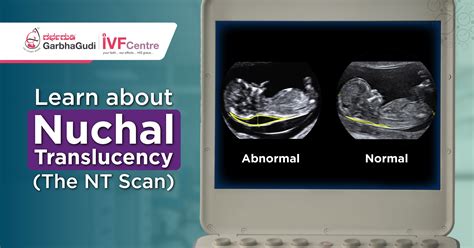
Pregnancy Complications and the Nuchal Translucency Scan
The nuchal translucency scan can help identify potential pregnancy complications, including: * Miscarriage * Stillbirth * Preterm labor * Low birth weight * Fetal growth restriction * Preeclampsia * Placental abruptionNuchal Translucency Scan: What to Do Next
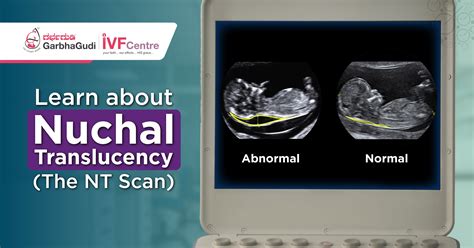
Genetic Counseling and the Nuchal Translucency Scan
Genetic counseling can provide valuable support and guidance for expectant parents who receive abnormal results from the nuchal translucency scan. A genetic counselor can help parents understand the risks and implications of genetic disorders, as well as the options available for care and management. This may include discussing the potential benefits and risks of further testing, as well as the options for pregnancy termination or ongoing care.Nuchal Translucency Scan: Frequently Asked Questions
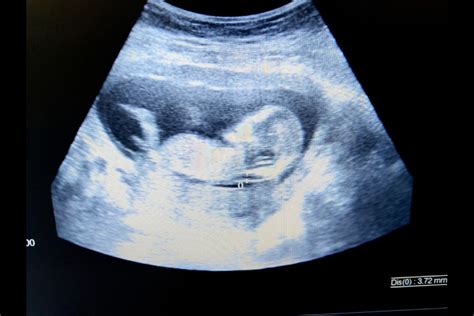
What is the nuchal translucency scan, and how is it performed?
+The nuchal translucency scan is a non-invasive ultrasound scan that measures the thickness of the fluid-filled space at the back of a baby's neck. It is typically performed between 11 and 14 weeks of gestation and takes around 30 minutes to complete.
What are the benefits and risks of the nuchal translucency scan?
+The benefits of the nuchal translucency scan include early detection of potential genetic disorders and other health issues, as well as reassurance and peace of mind for parents who receive normal results. The risks are minimal, but may include discomfort or anxiety during the scan, as well as the potential for false positive or false negative results.
How accurate are the results of the nuchal translucency scan?
+The results of the nuchal translucency scan are generally accurate, but may not detect all potential genetic disorders or health issues. The scan is most effective when combined with other screening tests and medical evaluations, and further testing and diagnosis may be necessary to confirm any abnormalities.
Conclusion and Next Steps

We hope this article has provided you with a comprehensive understanding of the nuchal translucency scan and its significance in prenatal care. If you have any further questions or would like to share your experiences, please don't hesitate to comment below. Your feedback and insights can help others navigate the complex world of prenatal care, and we appreciate your participation in this important conversation. Don't forget to share this article with friends and family who may be interested in learning more about the nuchal translucency scan – and stay tuned for more informative articles and updates on prenatal care and related topics!
